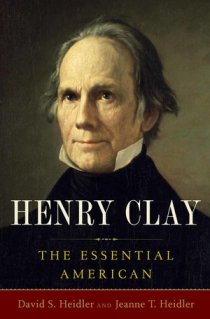
Antebellum Immigration “Nativism in 3D”
Distrust, Discrimination and Destruction
Were the Irish and German immigrants welcomed in Antebellum America? (Not really and not always).
Anti-Irish sentiment may refer to or include racism, oppression, bigotry, persecution, discrimination, hatred or fear of Irish people as an ethnic group or nation, whether directed against Ireland in general or against Irish emigrants and their descendants in the Irish diaspora.
An Anti-Immigrant movement develops. What began as the secret society – “Order of the Star Spangled Banner,” evolves into a political party – The American Party (AKA the Know – Nothing Party)
Distrust – Immigration causes anxiety and social disorder – All immigrants did was drink and steal.
Discrimination – The issue of anti-Irish job discrimination in the United States. Some insist that the “No Irish need apply” signs were common.
Destruction – In Louisville, Kentucky, election-day rioters killed at least 22 people in attacks on German and Irish Catholics on Aug. 6, 1855, in what became known as “Bloody Monday.” In Philadelphia in 1844, for example, a series of nativist assaults on Catholic churches and community centers resulted in the loss of lives and the professionalization of the police force.






